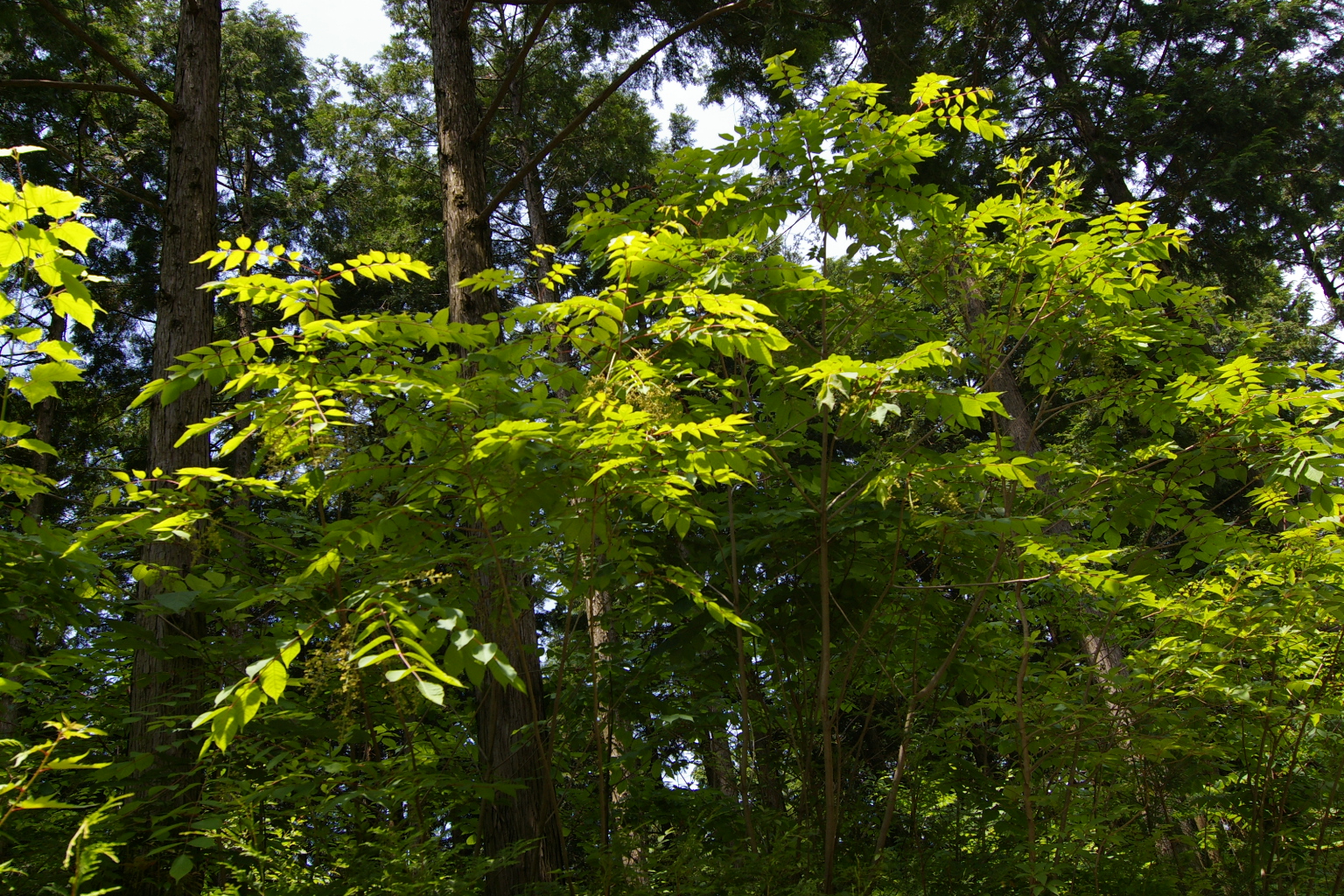One of the most frequent questions I’m asked is “why don’t you use gloves/other protection, urushi is so poisonous/allergenic/dangerous”. Yes, it is. And yes, I don’t use gloves most of the times, as I am immune. And it is quite rare, to be immune to urushiol (15% of population shows very little sensitivity).
Cured lacquer completely save to handle, but fresh, uncured, or not fully cured can be harmful. The contents of urushiol is at the same time beneficial (urushiol is the main ingredient responsible for qualities of urushi lacquer we so admire) and problematic.
What is “urushi rash”, or more proper name “Urushiol Induced Contact Dermatitis”? As you can read in Wikipedia, urushiuol is found in many various plants, mostly from the Toxicodendron family. Scary name isn’t it?. Urushi lacquer tree (Toxicodendron vernicifluum), poison ivy, poison oak from this family, but also some other plants, but in much lower quantities (even cashew nuts, od mango). Urushi rash is a kind of hypersensitivity reaction, and symptoms include itching, inflammation, oozing, and, in severe cases, a burning sensation. In est. 25% of the population, those symptoms can be extremely intensive.
That is why urushi should be handled with care. You should wear nitrile gloves (latex ones can be destroyed by urushi easily), work in a well-ventilated area as fumes are not so intense, but still inhaled by a sensitive person can be harmful. Depending on the level of your sensitivity you should also consider having proper clothing (long sleeves), change gloves during longer sessions. And never forget about handlining and disposing of used rags, wipes, containers in a save way.
Some people are immune, but it is also possible to develop partial or full immunity in time and through regular contact with small amounts of urushi, and many urushi artists are immune. But it can take years of regular use, and you have to keep others in minds – urushi on your hands or clothes can induce a reaction in your close ones.
For user and admirer of urushi lacquered item including fountain pens there is nothing to worry about. Once urushi is fully cured, the chance of causing a rash is extremely small, and it diminishes over time, as urushi cures at the workshop in 99% and continues curing for up to 2 years. However, if in the rare occasion a rash does develop from contact with cured urushi, do not panic. A thorough but gentle wiping of the lacquered object with alcohol and mineral spirits followed by washing with a mild detergent and water should help, as it washes off traces of uncured urushi. If the problem persists, it may be necessary to leave the object alone for a period of time to allow the uncured urushiol to fully oxidize. But remember not to leave it in sunlight – urushi does not “like” UV light.
In Tamenuri Studio each pen after finished work on it is put into furo for final 2 weeks curing, and after that cleaned with alcohol, washed, dried and cured again. It reduces chances for reaction even in super-sensitive people.





Join the discussion One Comment